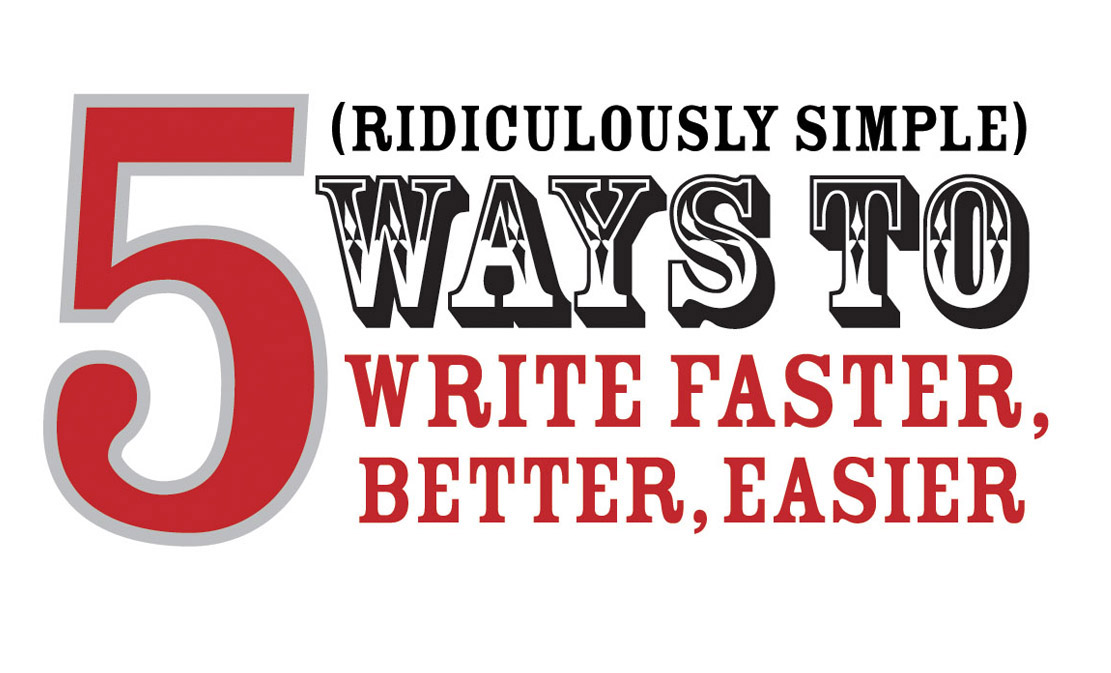My Interview with Author and Communication Coach Nick Morgan
 Thursday, July 2, 2009 at 09:02AM
Thursday, July 2, 2009 at 09:02AM I am incredibly thrilled and honored to share with you my first ever blog interview.

Nick Morgan is President of Public Words Inc and author of Give Your Speech, Change the World, and Trust Me: Four Steps to Authenticity and Charisma. He is a fellow at Harvard's Kennedy Center and former editor of the Harvard Management Communication Letter.
I enjoyed "Trust Me" so much I wrote a review and then decided I wanted to ask Nick a few questions for this site. I "met" Nick on Twitter and asked him if he'd be willing to answer a few questions about his ideas in relation to corporate videos and he was happy to participate.
My Interview with Author and Communications Coach Nick Morgan
1. You mention there are five basic stories in the Western culture; the quest story, the love story, the revenge story, the rags-to-riches story, and the stranger in a strange land story. You suggest the quest story is often the most important. If an organization is thinking of producing a video, can you give an example of how they might incorporate the "quest" story into their video?
In fact, it's easy to invoke a quest, because it's a story that is so basic to our culture that we're all ready and eager to go on one! The best way to incorporate a quest story is not to to use the word itself, or tell people that they're on a quest; instead you want to invoke the elements of a quest. You've got a goal that you want everyone's help in reaching. There are going to be obstacles along the way, but they won't stop you from reaching that goal. There will be people to help, and so on. Each of the pieces of the quest story will naturally coalesce in the viewers' minds and they will be on the quest with enthusiasm.
2. You write, "...we communicate first with the gesture and second with the word. This concept is central to the book." What does this idea mean to an employee who may appear in their company video?
It means that viewers will be looking at you first rather than hearing any words you might be saying. You must look like you're just having a natural conversation with someone.
It means that if you think too much about your gestures (because you're self-conscious about appearing on camera) then they are going to slow down, happen too late, and look artificial.
It means that it's absolutely essential that you focus on your emotional attitude toward any words you may be saying on the video. Let the gestures come naturally from that intent or emotional attitude. Make the words your own by starting with how you feel about them; get grounded in a strong attitude.
3. Creating an intention is another important concept you write about. What kind of intention would someone create if they were being interviewed on-camera for a business video?
Get your intent from the program or the topic that you're being interviewed about. Find the passion there. Or, if that's lacking for some reason (why are you doing it?) then think of a particular experience you've had -- a particularly wonderful customer experience, if you're being interviewed about customer relations, say -- and try to remember that experience in as much detail as possible. Put yourself back in that moment and try to feel it again.
4. I love the section in your book titled, "The Camera Is Always On You." How has YouTube and the ubiquity of video technology changed how we communicate? What does this mean to all the video producers who create videos for businesses? Does it change how we work with people appearing on-camera?
Business people have to operate with the assumption now that anything they say may become public, and that any meeting they take part in may be 'youtubed'. Don't do or say anything that doesn't pass the "how could you have been so stupid?" test. Beyond that, YouTube represents competition for viewers, and video producers have to react accordingly. The old stuffy, pompous, "pc" corporate videos won't make it anymore. Corporate videos need to be hip, ironic, edgy -- or risk becoming comic fodder on YouTube. On-camera appearances need to strive for authenticity and naturalness.
5. What are three things you would recommend to someone appearing in a company video to help them come across authentically and with charisma?
Have a passion for what you're talking about. Say it in your own, real words -- don't use corporate jargon. Get grounded in how you really feel before the cameras start rolling.
Thank you, Nick, for sharing these ideas and techniques.
Last note: Stay up to date on Nick's latest ideas through Nick Morgan's blog by grabbing his RSS feed or subscribe to his email updates.
Have further questions? What would you change or add? Have an experience based on Nick's ideas? Feel free to share them in the comments.
---Tom
 My Interview with Author and Communication Coach Nick Morgan
My Interview with Author and Communication Coach Nick Morgan



Reader Comments